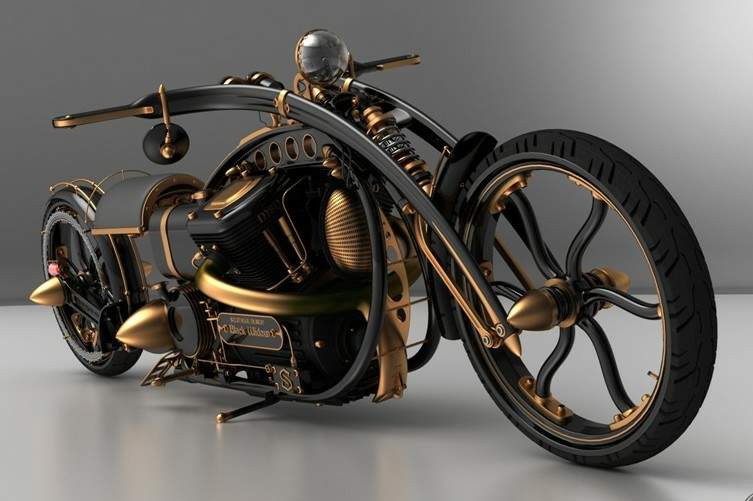Cheshirechappie
Established Member
About twelve months ago, I bought a Faithfull number 3 smoother brand new for the princely sum of £17 including delivery. I didn't really expect to get too much for this price, and I wasn't disappointed. The plane was almost useless out of the box, even with the iron sharpened up and the cap-iron nose reshaped to fit. The biggest fault was the banana sole - 6 thou concave. There were several other faults, including a frog that didn't bed properly on the sole because the adjuster screw flange was too large and propped the back of the frog casting off the machined seating on the sole. The wooden handles were quite nice, though.
The plane took a bit of fettling up (obviously!) but did in the end make a reasonable tool. It isn't high class, but it 'does'. I have discovered that I quite like this small-sized, nimble plane, so the investment wasn't totally wasted!
One thing I checked when assessing the plane was the bedding of the iron on the frog face with the plane in working condition. I could get a 10 thou feeler gauge between the frog and blade, and move it up and down the frog quite a way. That obviously means the iron is only contacting the frog at a line close to the mouth, and somewhere at the top of the frog. The iron is 0.081" thick (near as dammit 2mm), though the cap-iron is clearly not the world's finest.
This isn't the only Bailey style plane on which I've noticed this; I've seen it on other, better quality planes too; I've also seen the point raised in the past by others with rather more knowledge of planes and planing than I have.
I have my own thoughts about this, but I offer it up as a point of discussion. Is it a fault that might allow a plane to be more prone to chatter through having a poorly bedded iron/cap-iron assembly, or is it inconsequential?
Over to you, ladies and gentlemen!
The plane took a bit of fettling up (obviously!) but did in the end make a reasonable tool. It isn't high class, but it 'does'. I have discovered that I quite like this small-sized, nimble plane, so the investment wasn't totally wasted!
One thing I checked when assessing the plane was the bedding of the iron on the frog face with the plane in working condition. I could get a 10 thou feeler gauge between the frog and blade, and move it up and down the frog quite a way. That obviously means the iron is only contacting the frog at a line close to the mouth, and somewhere at the top of the frog. The iron is 0.081" thick (near as dammit 2mm), though the cap-iron is clearly not the world's finest.
This isn't the only Bailey style plane on which I've noticed this; I've seen it on other, better quality planes too; I've also seen the point raised in the past by others with rather more knowledge of planes and planing than I have.
I have my own thoughts about this, but I offer it up as a point of discussion. Is it a fault that might allow a plane to be more prone to chatter through having a poorly bedded iron/cap-iron assembly, or is it inconsequential?
Over to you, ladies and gentlemen!

































